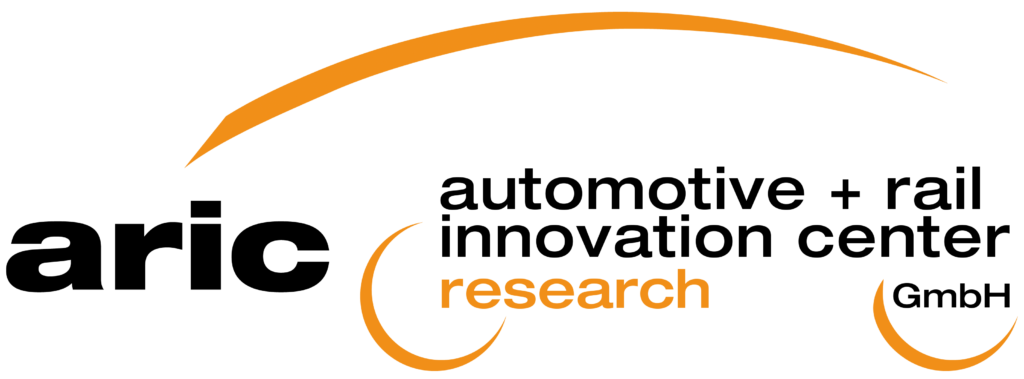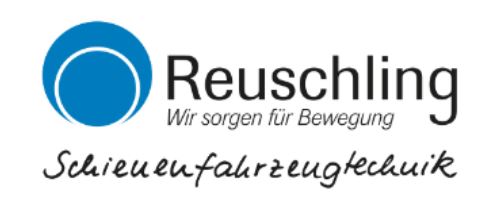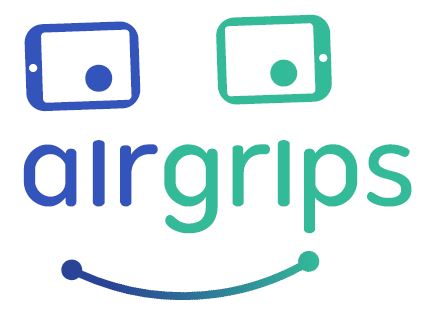Automotive & Rail Innovation Center GmbH (ARIC GmbH)
The Automotive & Rail Innovation Center is a research institution for fostering and implementation of applied research in automotive and rail engineering, especially in the field of electronics. We are your contact for all matters relating to the development and testing of electronical or electro-mechanical functions in automotive and rail vehicles. Our long-term industrial experiences guarantee solid knowledge and a professional implementation.
Based on technical challenges about driver assistance systems and autonomous driving, ARIC develops multi-sensor systems for position, environment and collision detection. For this purpose, comprehensive algorithms for data processing and fusion are developed, integrated and tested in the overall systems.
Another focus is the use of satellite-based information, e.g. for precise positioning (Galileo, GPS, EGNOS, …), especially for dynamic applications in vehicles. To increase accuracy, reliability and availability, satellite data is fused with other sensor data, e.g. from IMU or visual odometry.
In this context, ARIC also led the establishment of the Galileo research and test fields ‘automotiveGATE’ and ‘railGATE’, which were built with funding from the German government. In addition, we operate the REDUS geodetic reference track, where every type of position sensor is tested and validated with high precision.
In addition, ARIC has many years of experience in the realization of national and international research projects (DLR/BMWI, NRW-EFRE/PtJ, EU-FP7 & H2020, Interreg), both as project partner and as consortium leader and coordinator.
ARIC in the SAMIRA project
Within SAMIRA, ARIC is responsible for project management, to determine and provide highly accurate and reliable positioning data to all modules, to detect objects and obstacles together with their distances by using a RADAR sensor, and the integration of all these into the overall system. The ASC IMU 7-LN is also used here.
Additionally ARIC develops the complete stationary module SAMIRAfixed containing a video camera and a LiDAR Sensor and leads the work package of the software development.
ARIC is also responsible for the supervision and execution of all tests in the Geodetic Reference Field REDUS, where both the individual sensors and the overall system can be tested and validated dynamically during defined test drives with an electric gang-car.
Westfälische Lokomotiv-Fabrik Reuschling GmbH & Co. KG (WLH)
The Westfälische Lokomotiv-Fabrik Reuschling GmbH & Co. KG (WLH) from Hattingen/Germany has been established in 1914 and has more than 100 years of experience in the field of rail vehicles. In addition to offering maintenance concepts and services, the company has continuously developed into a provider of holistic solutions for rail vehicle operators for the sustainable reduction of life cycle costs, e.g. such as the module-based shunting locomotive.
Reuschling’s activities in SAMIRA
Reuschling integrates the pre-processed data from the sensors, cameras, laser scanners and processing units into a single software platform. In addition, Reuschling develops the applications and sw-routines for displaying the information on the HMI, like map material, movements, status recognition, etc.
Furthermore, Reuschling designs and develops the mobile modules (SAMIRAmobile) that are attached to the front-sides of the vehicles.
airgrips
Coming Soon
FH Aachen
The University of Applied Science (UAS) Aachen is considered to be one of the most important UAS in Germany since it has around 14.500 students, 240 professors, 470 lecturers and 900 employees in teaching and research at its locations in Aachen and Jülich. Combining the competences from its own European Center for Sustainable Mobility (ECSM) and the academic course Rail Vehicle Engineering, the UAS Aachen is able to meet the challenges in the project.
FH Aachen within the project
The university’s main responsibility is software development. This implies the preparation of the software architecture, the development of object detection algorithms for cameras and LiDAR as well as routines for collision detection through a new occupancy grid. Besides, the UAS Aachen develops innovative methods in order to detect the track and the turnout position. Further responsibilities are the augmented reality for the user interface and a survey with train drivers in order to determine their acceptance of the upcoming product.



